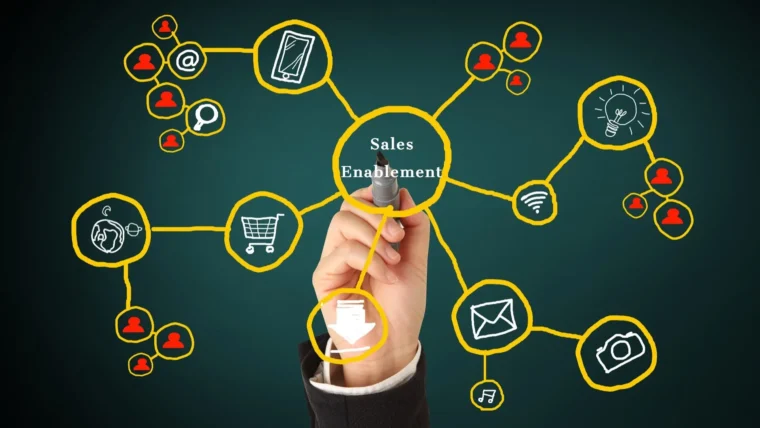When welcoming new salespeople into your organization, a comprehensive onboarding process is crucial to ensure their success and productivity. One essential component of this process is the onboarding presentation, which serves as a roadmap to introduce salespeople to your company, its products or services, and the necessary tools and skills for success in their role. In this article, we will discuss key elements that should be included in an onboarding presentation for salespeople.
-
Company Overview:

Begin by providing an overview of your company, its mission, vision, and core values. Highlight your unique selling proposition (USP) and explain how it differentiates your company from competitors. Share success stories, key milestones, and any awards or recognitions received. This section will help new salespeople understand the company’s culture and inspire them to align their goals with the organization’s.
-
Product or Service Knowledge:
Provide a comprehensive overview of your products or services. Explain their features, benefits, and how they solve customer pain points. Share case studies or success stories that demonstrate how your offerings have positively impacted clients. Highlight any unique selling points and competitive advantages that salespeople can leverage during their interactions with prospects.
-
Target Market and Ideal Customer Profile:

Outline the target market and the ideal customer profile for your products or services. Describe the demographics, psychographics, and firmographics of your target audience. Provide insights into customer challenges, motivations, and buying behaviors. Equipping salespeople with this information will help them identify and approach potential customers effectively.
-
Sales Process and Methodology:
Detail the sales process and methodology followed within your organization. Explain the different stages, from lead generation to closing deals, and the key activities or milestones associated with each stage. Illustrate the tools and technology used for lead management, customer relationship management (CRM), and sales tracking. Emphasize the importance of accurate and timely documentation for efficient collaboration and pipeline management.
-
Sales Tools and Resources:

Introduce the various sales tools, software, and resources available to salespeople. This may include CRM platforms, lead generation tools, sales enablement resources, and training materials. Provide guidance on how to effectively utilize these tools to streamline their workflow and enhance productivity. Encourage salespeople to take advantage of training sessions and resources to continuously develop their skills.
-
Sales Best Practices and Tips:
Share valuable insights and sales best practices acquired through experience. Provide tips on effective communication, active listening, objection handling, and negotiation techniques. Highlight successful sales strategies that have proven to be effective within your organization. Encourage salespeople to collaborate and share their own experiences and learnings to foster a culture of continuous improvement.
-
Team and Department Introductions:

Introduce the sales team and key stakeholders within the organization. Provide an overview of each team member’s role and responsibilities. Encourage salespeople to engage and collaborate with their colleagues, emphasizing the importance of teamwork and cross-functional collaboration. This section can also include an overview of other departments that salespeople may interact with, such as marketing or customer support.
-
Performance Metrics and Expectations:
Clearly define the performance metrics and expectations for salespeople. Discuss key performance indicators (KPIs) such as revenue targets, conversion rates, or customer satisfaction scores. Explain how success will be measured and incentivized within the organization. This will help new salespeople understand the expectations placed upon them and provide clarity on what they need to achieve.
Conclusion
Designing a comprehensive sales people onboarding is essential for setting the stage for their success within your organization. By including the aforementioned elements, you can ensure that new salespeople have a solid understanding of your company, its products or services, sales processes, and performance expectations.
